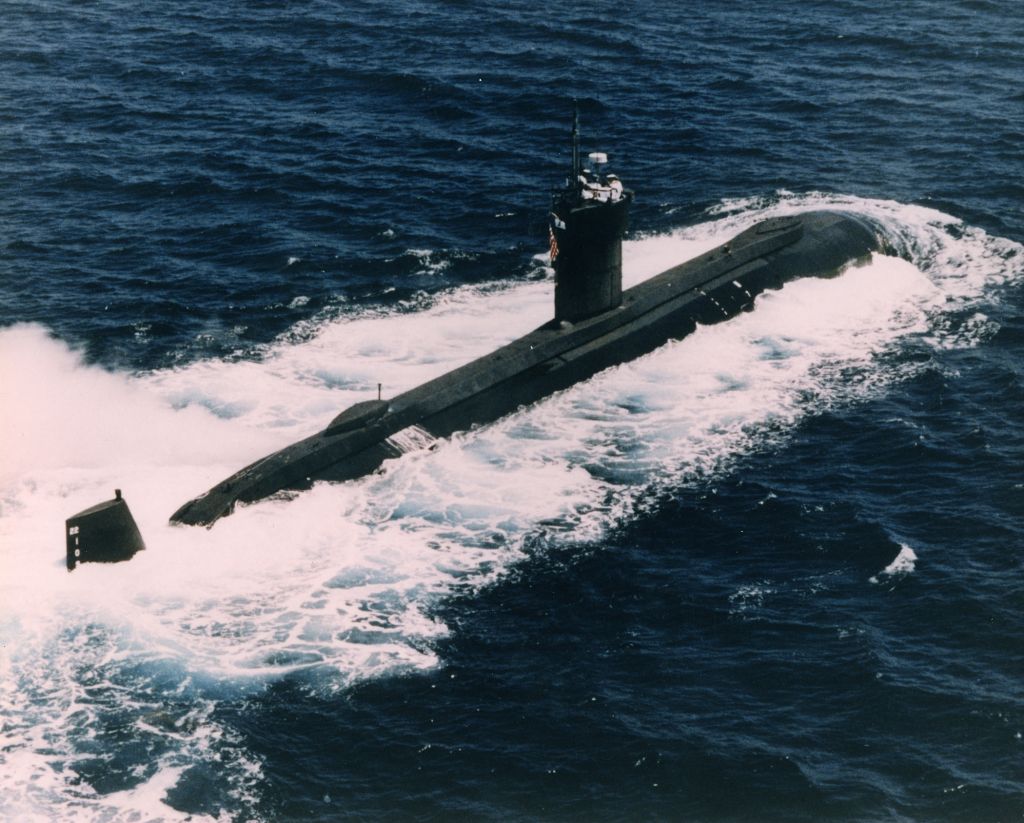


Instead, saturation divers are shuttled to the surface in pressurized diving bells and then transferred into specialized decompression chambers. As we'll see next, that requires a whole different type of decompression, and it was a failure in that system that led to the violent deaths of the Byford Dolphin divers.
#Dolphin submarine how to
Certified SCUBA divers know how to read a recreational dive planner that tells them when to take safety breaks during an ascent and for how long.Ĭommercial divers, however, are asked to work at depths far beyond what any recreational SCUBA diver would dare to attempt. If caught quickly enough, the bends can be treated by placing the individual back under pressure in a special tank called a hyperbaric chamber and slowly releasing the pressure over a matter of hours or days.īut the best strategy is to avoid decompression sickness altogether by slowly ascending to the surface and taking frequent breaks to let your body naturally exhale or "off gas" the nitrogen. "That's when you run the risk of getting decompression sickness."ĭecompression sickness or "the bends" is a painful and potentially fatal condition that can cause excruciating joint and muscle pain, delirium, paralysis, heart attacks and strokes. "Nitrogen bubbles will form in the bloodstream and those can prevent the circulation of blood, including to the heart," says Phillip Newsum, an experienced commercial diver and executive director of the Association of Diving Contractors International. That's pretty much what happens inside a diver's body when they suffer decompression sickness or " the bends." If they ascend too quickly from the high pressure of the deep water to the much lower pressure at the surface, the nitrogen molecules that had dissolved under pressure quickly expand and become gaseous again.


 0 kommentar(er)
0 kommentar(er)
